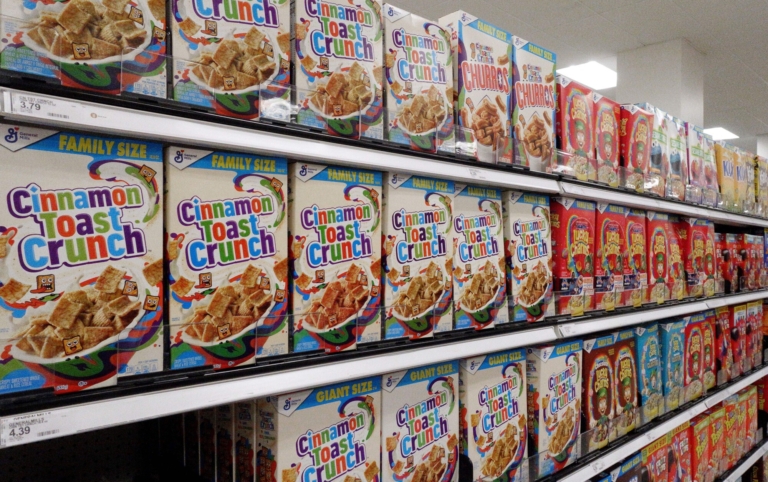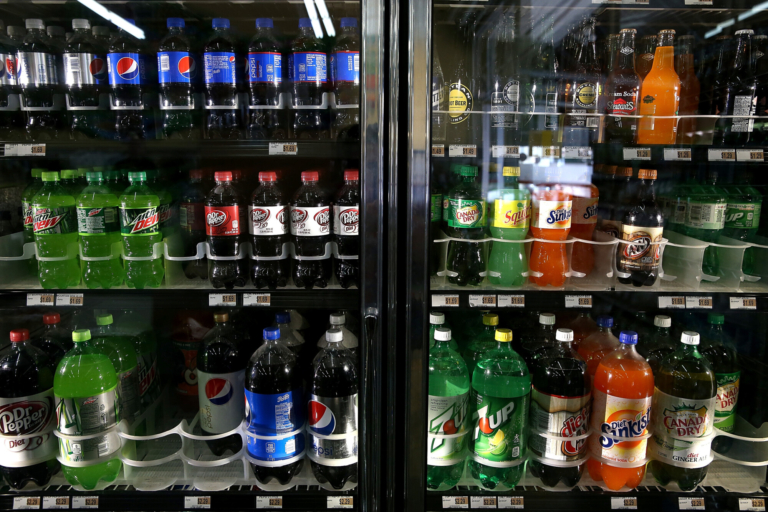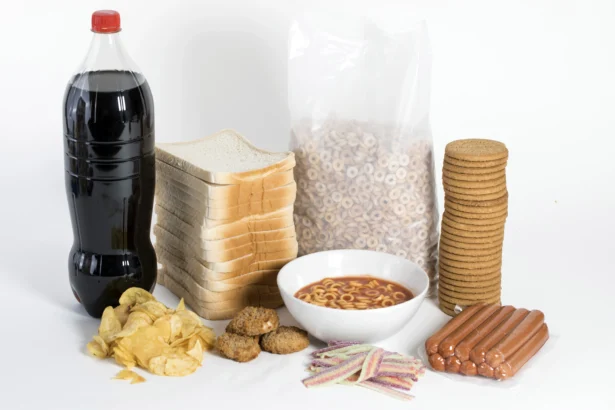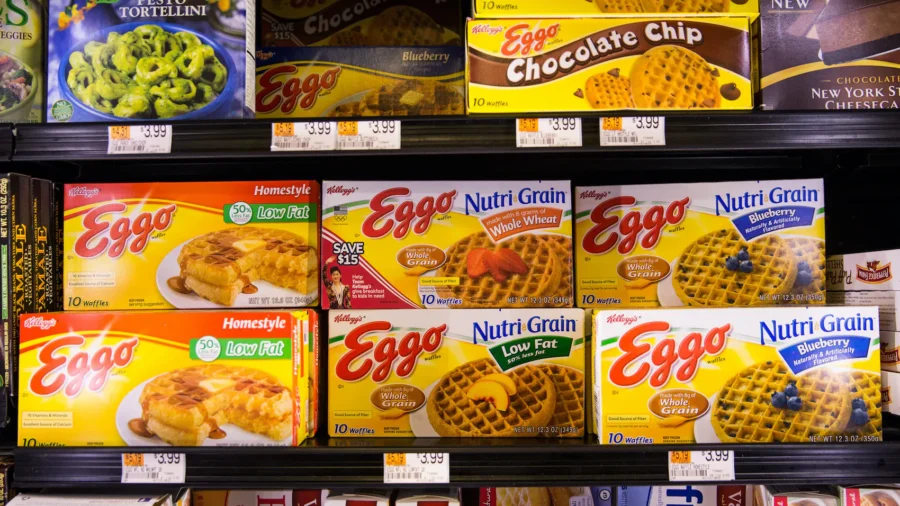Despite their bad reputation, ultra-processed foods have become so ubiquitous that avoiding them usually means overhauling your entire diet—for every meal of the day.
From sugary cereals at breakfast to frozen pizzas at dinner, plus in-between snacks of potato chips, sodas, and ice cream, ultra-processed foods make up about 60 percent of the U.S. diet, according to a paper published in the journal Population Health Metrics in 2017. For kids and teens, it’s even higher—about two-thirds of what they eat, the paper said.
That’s concerning, given numerous studies over the years have linked ultra-processed foods to a host of negative health effects, from obesity and diabetes to heart disease, depression, dementia, and even early death.
Though correlations between health problems and ultra-processed foods have been repeatedly observed, irrefutably proving direct causation—as insisted on by the food lobby—remains a complicated matter.
For one, diseases can have multiple causes; and secondly, where will you find the volunteers to consume suspicious food to prove incontestably that it will ruin one’s health?
Ultra-processed foods offer practical advantages of mass-production, cheap prices, and controlled manufacturing processes, allowing for an abundant supply of a very wide range of foods all year round—the main reason why they are a commercial success.

What are Ultra-Processed Foods?
Foods were first classified according to the amount of processing they undergo when, in 2009, Brazilian epidemiologist Carlos Monteiro and his colleagues defined four categories.
The first was unprocessed or minimally processed foods; the second was processed culinary ingredients such as butter, oils, and spices; and the third was processed foods such as bread, cheese, canned fruit and veggies, etc.
The fourth group is ultra-processed foods, created through industrial processes that contain additives, colorants, and preservatives that are typically not used in the kitchen.
“These are most, but not all, of the packaged foods you see,” said Kevin Hall, a researcher who focuses on metabolism and diet at the National Institutes of Health.
However, as Monteiro and his team pointed out, food processing is in itself not the main issue; they said the key factor remains the ingredients used. Whole-grain bread, yogurt, tofu, and infant formula are highly processed, for instance, but they’re also nutritious.
Things like carbonated soft drinks, sweet, fatty, or salty packaged snacks, and candy, are a very different matter.
Such foods are often made to be both cheap and irresistibly delicious, said Dr. Neena Prasad, director of the Bloomberg Philanthropies’ Food Policy Program.
“They have just the right combination of sugar, salt, and fat, and you just can’t stop eating them,” she said.

Made for Maximum Consumption
In 2019, Hall and his team pioneered a small yet impactful study that directly compared the outcomes of consuming diets composed of ultra-processed versus unprocessed foods.
Twenty adults were given ultra-processed and unprocessed diets matched for calories, sugar, fat, fiber, and macronutrients for 14 days each and told to eat as much as they liked.
The participants ate 500 calories per day more when on the ultra-processed diet, leading to an average weight gain of roughly 2 pounds, or 1 kilogram, in two weeks.
When they ate only unprocessed foods for the same amount of time, they lost the same amount of weight.
It seems logical to deduce that a consistent diet of ultra-processed foods would soon lead to obesity—and all the health issues that are likely to come with it.

Are Ultra-Processed Foods Harmful?
It isn’t always easy to prove whether or to what extent the bad health effects are the fault of the foods themselves or whether they are caused by other factors—such as health and lifestyle issues.
That said, ultra-processed foods overall tend to have higher amounts of sugars, sodium, saturated fats, trans fats, and refined carbohydrates—excesses of which are known to cause health problems over time.
Ultra-processed foods may also contain preservatives against mold or bacteria, artificial coloring, emulsifiers to stop separation, etc., many of which are synthetically made and whose effects on human health aren’t always sufficiently understood.
It’s not a new problem. A 2014 study published in Science as Culture scrutinized the flavor additives industry and regulation, saying that many additives were approved in the 1960s when rules were highly permissive and the standards of scientific testing were far from rigorous.
“The industry was allowed to design and run its own regulatory regimen,” the authors wrote.

Regulation
The permissiveness of the U.S. regulations in terms of food additives does stand out when compared to other nations.
For instance, many food additives that have been banned or severely restricted in the EU are still being used in many ultra-processed foods in the United States. These include trans fats, several preservatives, food colorants, and drugs used in livestock breeding, etc.
An additive that’s banned for human consumption in Europe, Canada, China, and India, but not in the United States, is potassium bromate, a chemical additive used to strengthen dough. Potassium bromate has been classified as possibly carcinogenic by the International Agency for Research on Cancer.

Brominated vegetable oils (BVO), an additive to soft drinks, were banned in the U.K. and several other European countries in 1970 and in the whole of the EU in 2008. In July of this year, the FDA followed suit and revoked regulations allowing the use of BVO in food in the United States.
Some advocates, like Prasad, argue that the large body of research linking ultra-processed foods to poor health should be more than enough to spur government and industry to change policies. She calls for actions such as increased taxes on sugary drinks, stricter sodium restrictions for manufacturers, and cracking down on the marketing of such foods to children.
“Do we want to risk our kids getting sicker while we wait for this perfect evidence to emerge?” Prasad said.
Earlier this year, FDA Commissioner Robert Califf told food policy experts during a conference that ultra-processed foods were “one of the most complex things I’ve ever dealt with.”
But, he concluded, “We’ve got to have the scientific basis and then we’ve got to follow through.”
The Associated Press contributed to this article.

